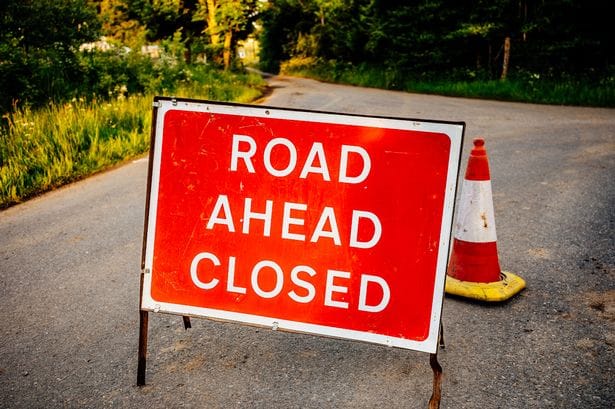M1 closure recap: Major motorway closed in West Yorkshire after collision

Emergency services were on the scene, while National Highways traffic officers diverted road users and urged those travelling to plan ahead before embarking on their journeys
Source link
